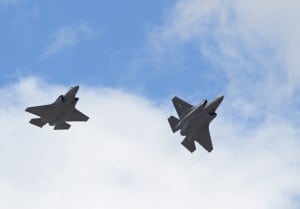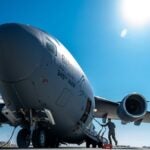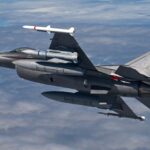
The Air Force requested 2.4 percent more funding for fiscal year 2017 than the $163.1 billion it was appropriated for last fiscal year.As part of the $166.9 billion it requested for FY ’17, the Air Force wants $12.3 billion in overseas contingency operations (OCO) wartime spending, 22 percent more than what was enacted last year.Former Air Force Vice Chief of Staff and now Air Force Association (AFA) President, retired Gen. Larry Spencer, told Defense Daily Tuesday he believed the Air…













